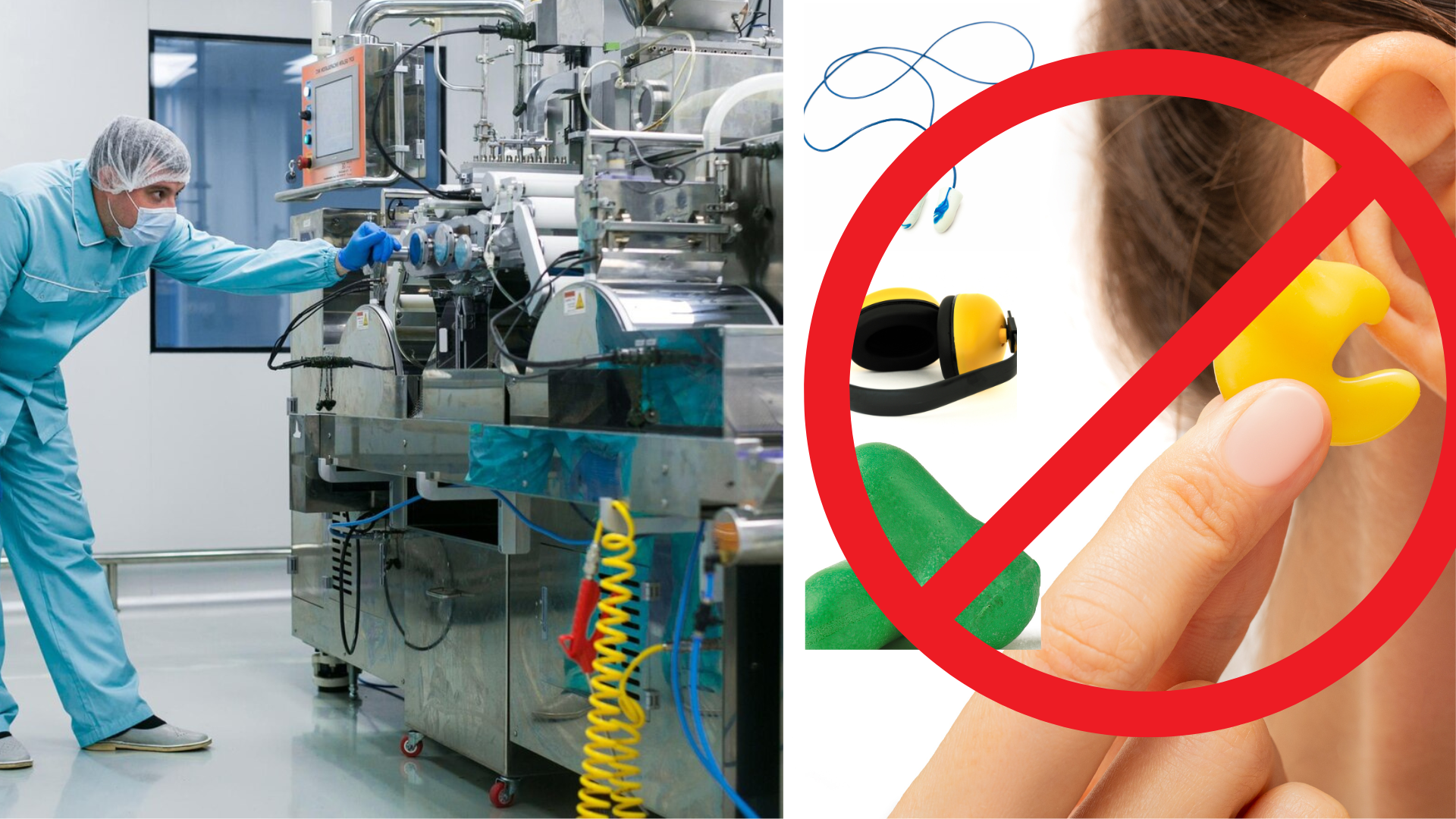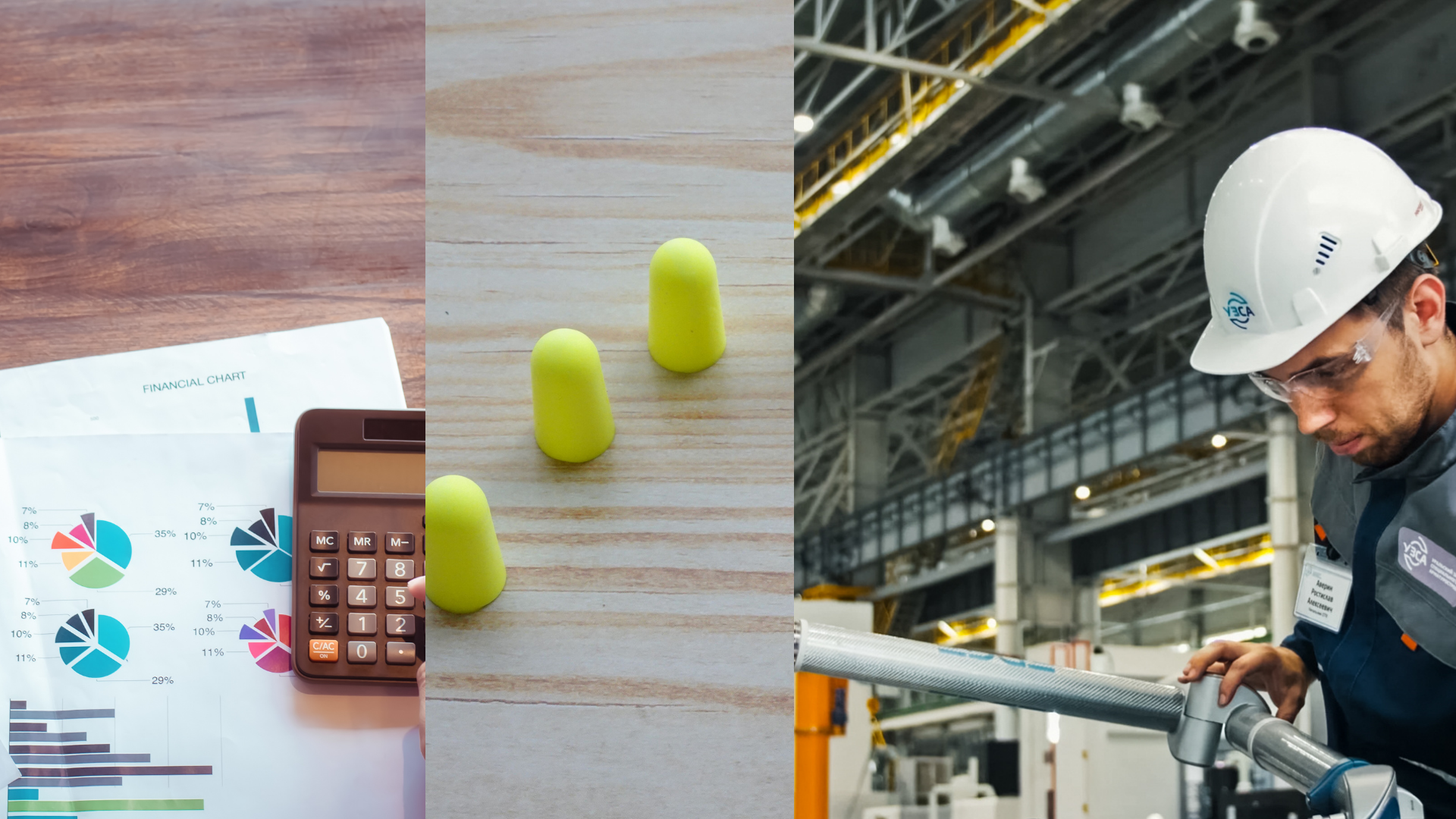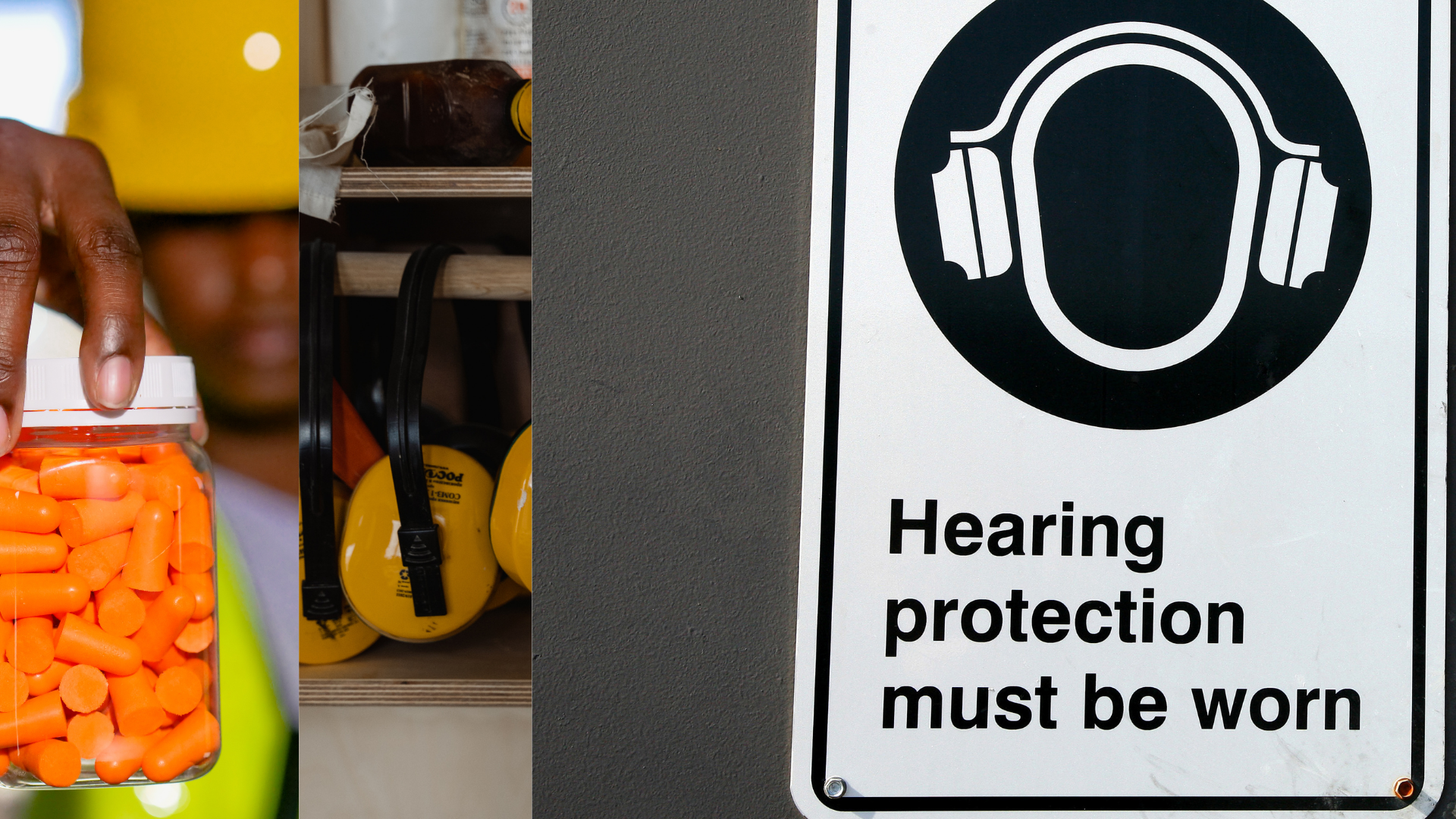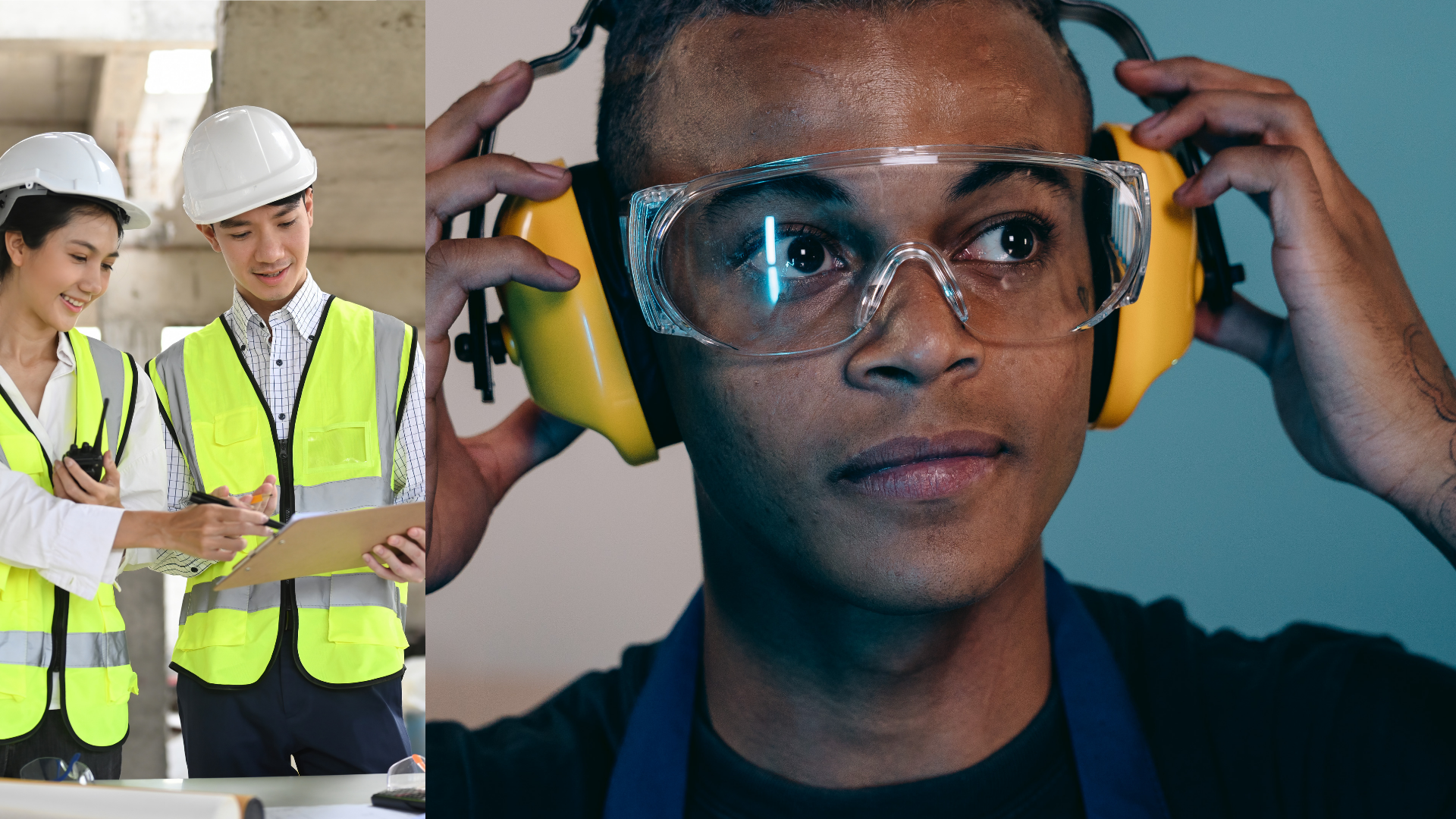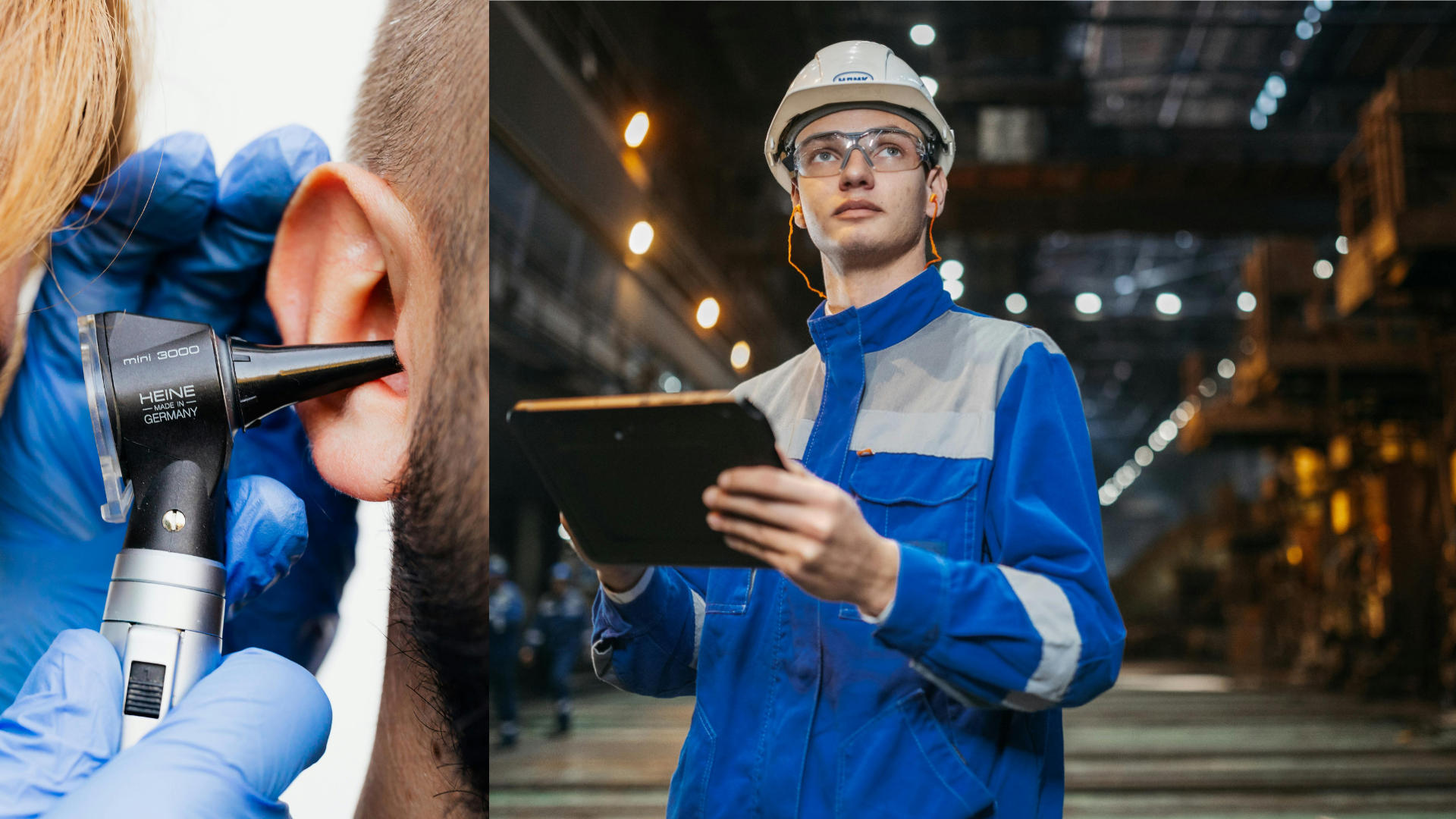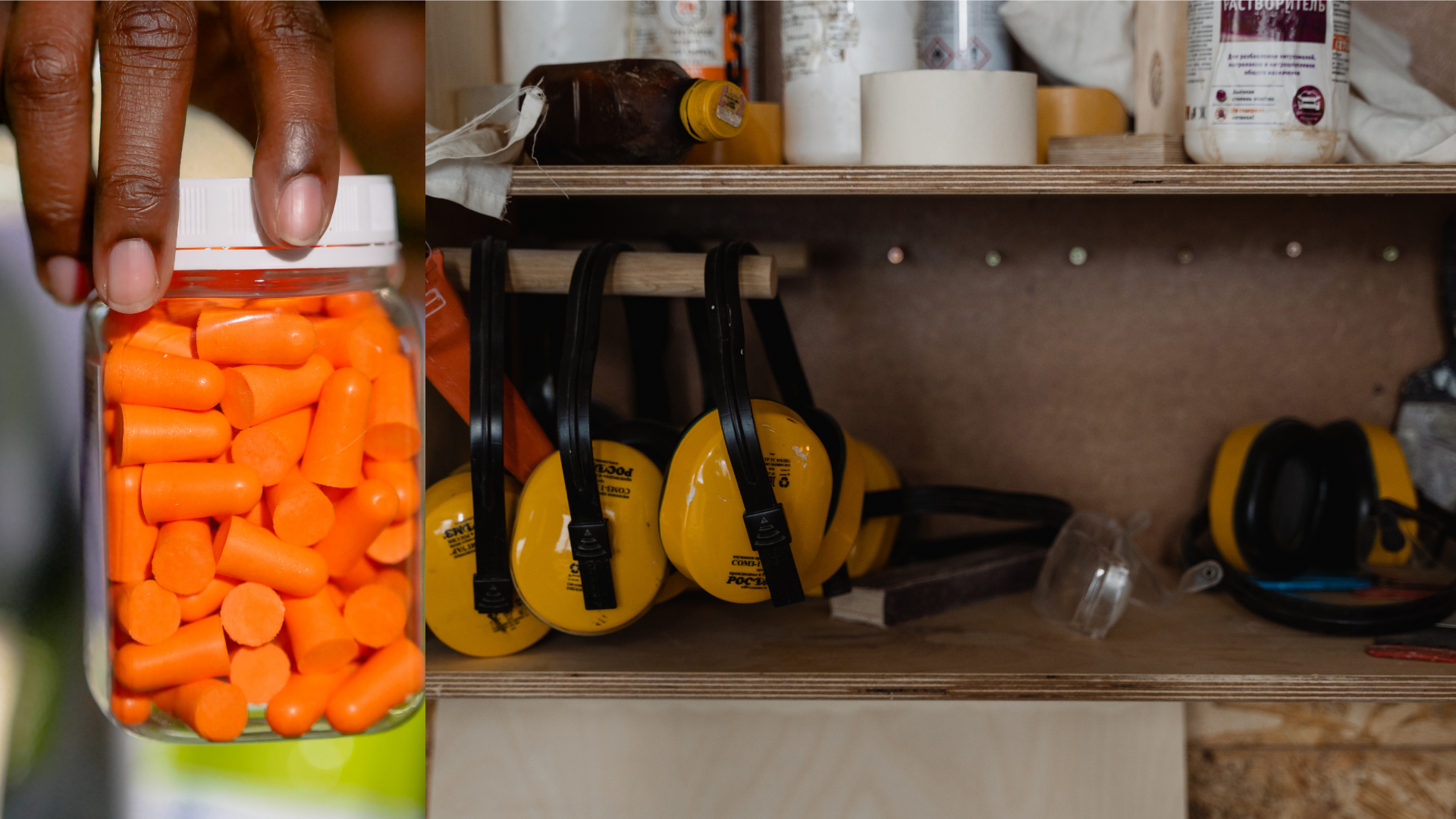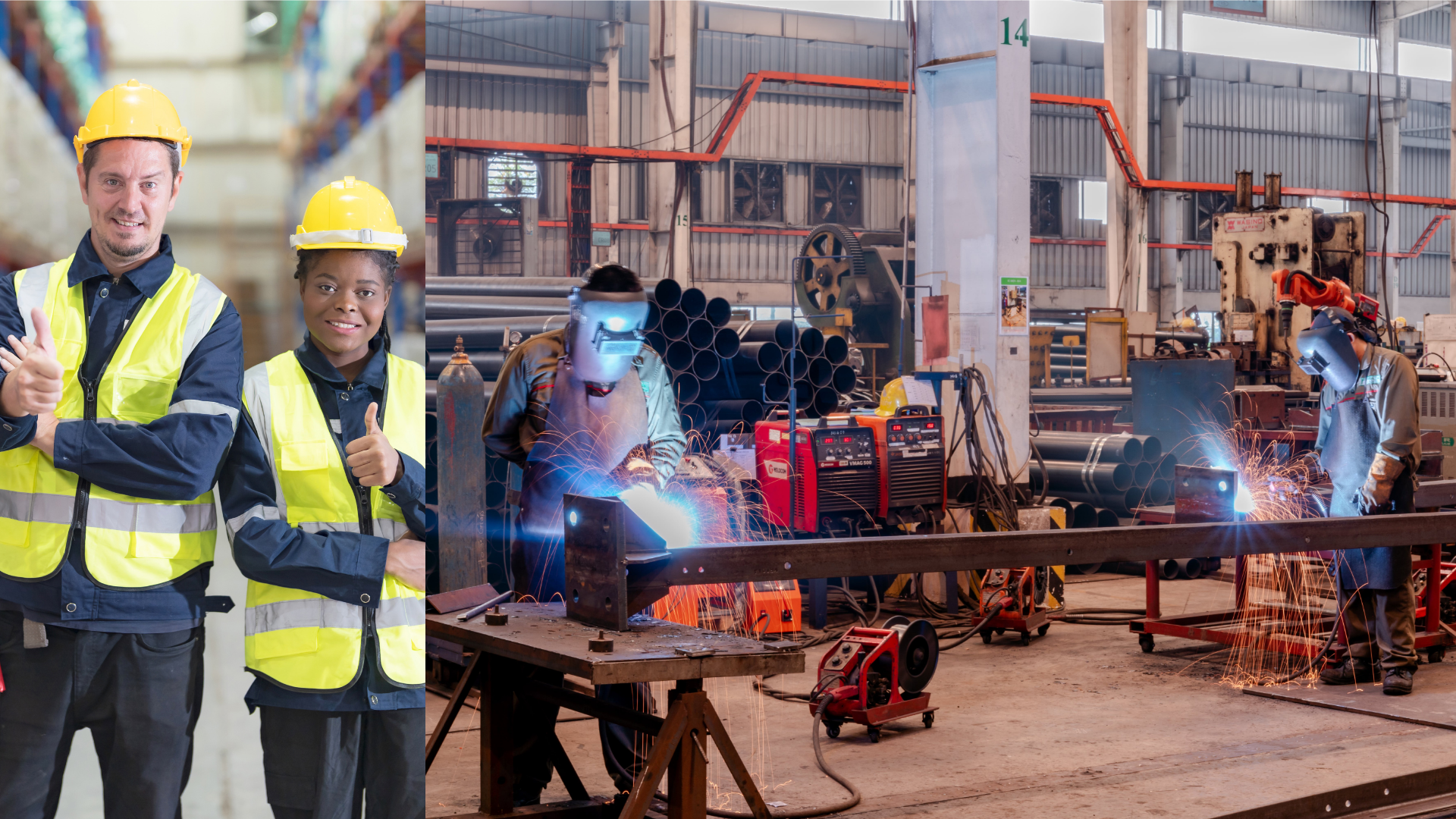3 Tips for Choosing the Correct Hearing Protection
Choosing the correct hearing protection for your employees can be challenging. The choices seem endless, the rating systems are complicated, and of course, the regulations are confusing.
Below are three tips to choose the correct hearing protection for your employees, as well as information on why custom hearing protection has been proven to be so much more effective.
Hearing Protection Requirements
For both OSHA and MSHA compliant businesses, hearing protection must be provided to employees who are exposed to a time weighted average of 85 decibels or louder over a period of 8 hours. The hearing protection that is provided must also reduce the employee’s exposure to 90 decibels for a TWA of 8 hours.
However, best practice suggests that hearing protection should be worn anytime workers are exposed to loud noise, to prevent against possible recordable hearing injury.
Don't know your employee's TWA (time weighted average)? Click here to book a dosimetry appointment today!
What type of protection should I offer to my employees?
While OSHA doesn't specify what type of protection you must provide, the HPD must be able to reduce the noise exposure to 90 decibels TWA.
However, if you are an MSHA compliant business, there are more specific regulations you must follow. Employees must be provided at least two types of ear plugs, and two types of earmuffs to choose from.
NRR vs PAR: which matters more?
The amount of noise that HPD protects against is measured by two systems: Noise Reduction Rating (NRR), and Personal Attenuation Rating (PAR).
The NRR measurement is what you will find on the package of the HPD. This is a laboratory derived number, which means the level stated is likely not exactly the level you will get.
On the other hand, PAR is the amount of noise that is blocked when an employee is wearing the hearing protection. It is typically measured by fit testing, where the employee is exposed to noise with and without the HPD. The difference in the results will show whether the hearing protection is providing results or not.
How we can help: custom hearing protection & PAR determination
Found to be more comfortable and working for any shape or size of ear, custom hearing protection is one of the best ways to increase your employee’s use of hearing protection. Not only that, but Anadyne’s hearing protection allows employees to hear each other without needing to remove their protection and expose themselves to dangerous levels of noise.
As well as providing the custom hearing protection, we can help determine the PAR for each employee. This will ensure that you are getting the most out of their hearing protection.
Click to find out more or give us a call at 888.972.4420!


